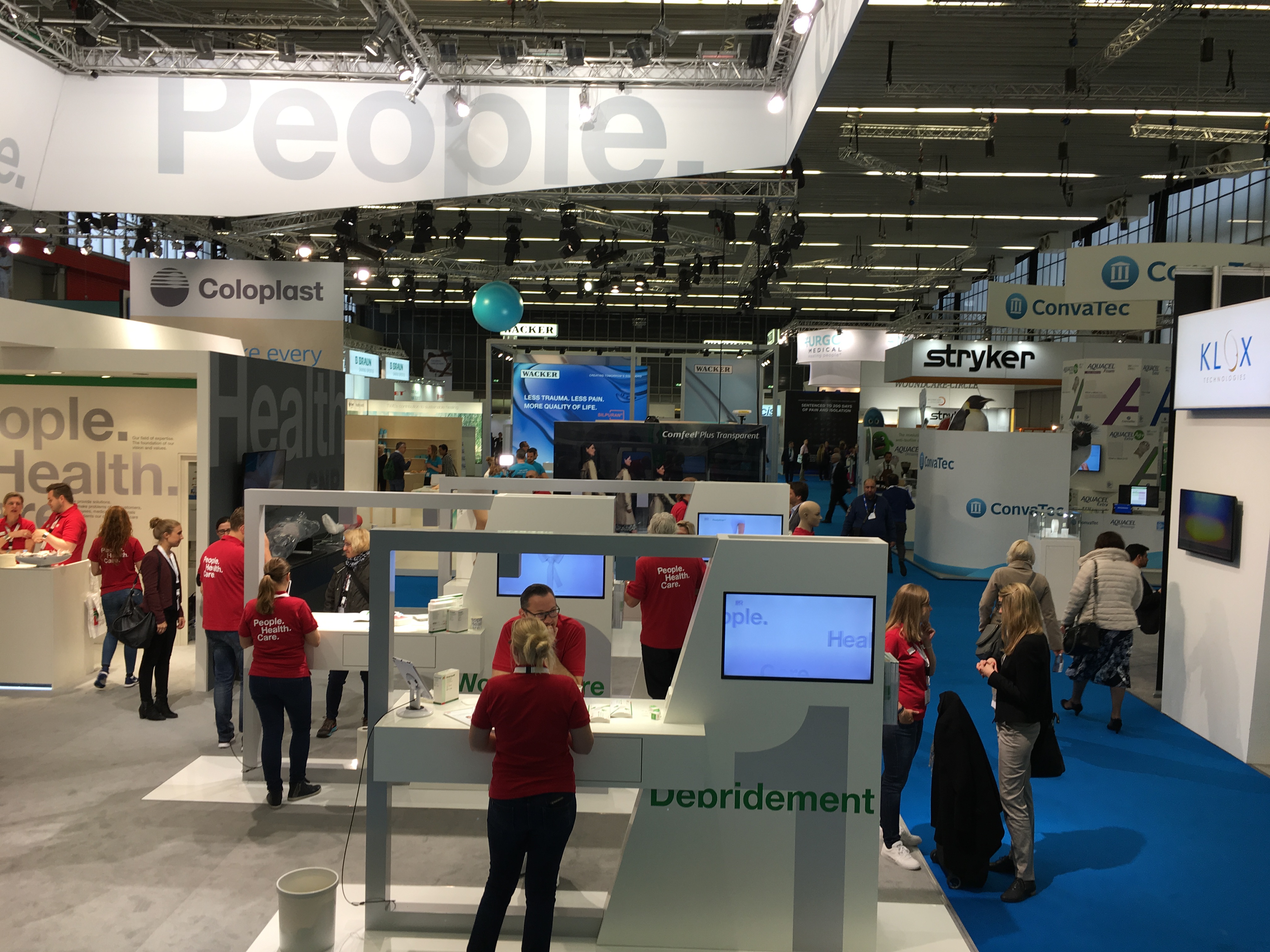SmartTRAK just returned from the May 3-5, 2017 EWMA European Wound Management Association Meeting held in Amsterdam. Great conference! Our very own Susan Paquette, Vice President and General Manager, Wound for SmartTRAK spoke at the Wound Innovation Symposium on the "State of the Wound Care Market." We will have an excerpt of the speech up on the blog soon, with the full post of the speech including slides, posted on SmartTRAK.net for our subscribers.
In the meantime, Susan and team have shared a few photos from the conference!









.png)



Two new injectable technologies that may potentially fill the gap in treatment options for patients with arthritic joints were highlighted in a session at the 2016 International Cartilage Repair Society (ICRS) in Sorrento, Italy.